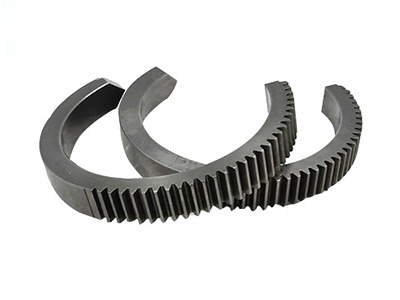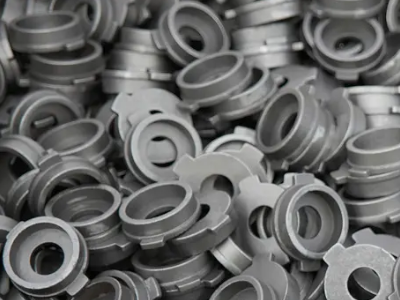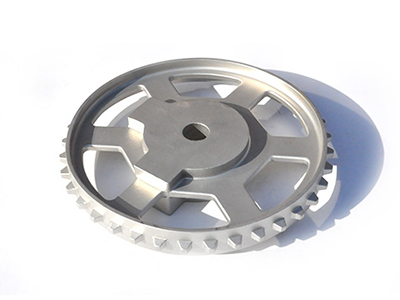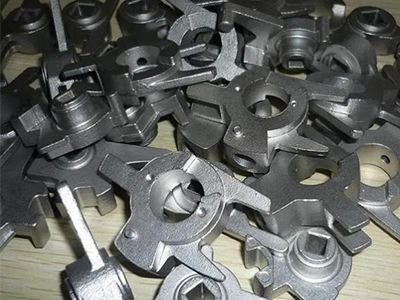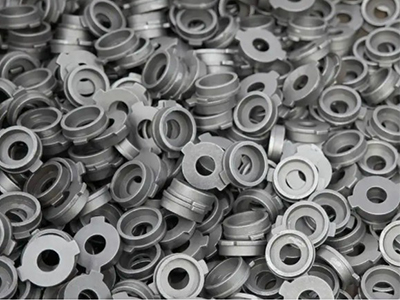- Testing method of large Gray Iron Slag Pot Castings
- What are the requirements for the selection of rough stainless steel precision casting?
- Factors affecting precision casting accuracy
- It is recommended that you choose castings like this
- What is the tempering treatment of stainless steel precision casting?
- Introduction to the knowledge of stainless steel castings
- The coating and liquidity of stainless steel precision casting coatings
- How are Stainless Steel Castings Made?
- What are the process measures to change stainless steel precision casting?
- There are several main types of cracks in castings
- Call : +86 13390692151
- sale@kfqizhongji.com
-
Room 1, No. 21, Chaoying East Road, Zhoushi,
Kunshan City, Jiangsu Province, China
Stainless steel casting manufacturing process
Stainless steel casting can produce complex parts in the process of processing, which is a complex cavity blank, which is widely used in use. generally speaking, the metal materials commonly used in industry can be cast. The source of raw materials for stainless steel casting is common, the price of the product is not high in the process of use, and the shape and size of equipment scrap, scrap and chip castings are close to those of parts, which can reduce the amount of cutting. this belongs to less cutting.
Stainless steel casting directly pours the solidified materials such as liquid at room temperature into the mold of its shape. Stainless steel casting is mostly solid and then directly heated into liquid metal. The metal materials used are lead, copper, iron, aluminum and so on. The material of the mold in stainless steel casting can be metal, sand or ceramic, and the method of use will be different according to its different requirements in the process of use. This method of production is called casting, and its metal mold can be gray iron or ductile iron and so on.
Casting billet of cast iron parts; common bars for steel parts with simple shape and low requirements for mechanical properties; for important steel parts, forgings should be selected in order to obtain good mechanical properties; large steel castings should be used when the shape is simple. The material is complex, the mechanical property requirement is not high, can use the non-ferrous metal parts commonly used profile or billet. It can use common materials, and can make use of a lot of scrap metal and available resources.
The so-called stainless steel casting is the process of casting molten metal into the mold to obtain castings. Casting focuses on the metal melting process and the process control in the casting process. In the process of investment casting of cast stainless steel, simply speaking, the fusibility model of fusible material is used to make the model, and the surface is coated with several specially made fire-resistant paints. After drying and hardening, a whole shell is formed. Steam or hot water melts the shell model, and then fill the mold shell with sand and dry sand around its shape. The complexity of casting, from the analysis of the control and use of consumption materials, its use has complex production shape, high fastening requirements, and carries out related processing, finishing from small parts and turbine engine blades. the proportion and performance of the casting coating can be obtained from the manufacture, the mold and used to form a medium-sized cavity which is not afraid of fire. The accuracy and surface finish can be improved according to the required size.
